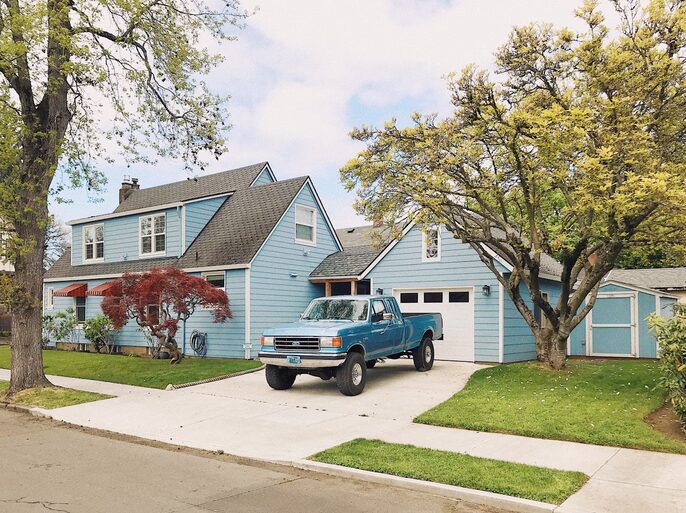Your driveway is more than just a pathway to your home; it’s visitors’ first impression of your property. Designing the perfect driveway involves carefully considering various factors to create a functional, aesthetically pleasing entrance that complements your home’s style. This guide’ll delve into the top factors to consider when designing your dream driveway, ensuring it enhances curb appeal, functionality, and value. If you are juggling between concrete vs asphalt driveway, this article provides comprehensive comparisons and expert advice.
Material Selection

The choice of material for your driveway sets the foundation for its appearance, durability, and maintenance requirements. Common options include concrete, asphalt, gravel, and pavers, each with unique characteristics. Concrete driveways offer durability and versatility, and they can be stamped, stained, or textured to mimic more expensive materials like brick or stone. Asphalt driveways are a cost-effective option known for their smooth surface and easy maintenance, which is ideal for areas with harsh weather conditions.
Gravel driveways provide a rustic charm and excellent drainage but may require periodic replenishment to prevent potholes and erosion. Pavers offer a customizable, visually appealing option, allowing intricate designs and patterns to complement your home’s architecture. When selecting the material for your driveway, consider factors such as durability, maintenance requirements, climate suitability, and budget to make an informed decision that aligns with your preferences and needs.
Design and Layout

The design and layout of your driveway should seamlessly integrate with your home’s overall aesthetic while prioritizing functionality and practicality. Consider factors such as the slope of your property, the number of vehicles you need to accommodate, and any landscaping features or architectural elements that may influence the design. Opt for a width that allows for easy maneuvering of vehicles and provides sufficient space for guest parking. Incorporate curves or angles to add visual interest and break up long stretches of pavement. Additionally, consider integrating borders, edging, or decorative elements to define the driveway’s boundaries and enhance its visual appeal.
Drainage and Grading
Proper drainage is crucial for preventing water accumulation, erosion, and potential damage to your driveway over time. Assess the slope of your property and ensure the driveway is graded to direct water away from your home and neighboring properties. Incorporate channels, ditches, or permeable paving materials to facilitate efficient drainage and minimize runoff. Consider landscaping solutions such as swales or rain gardens to capture and filter rainwater, reducing the impact on stormwater systems and improving environmental sustainability.
Lighting and Accessibility

Enhance the functionality and safety of your driveway with strategic lighting and accessibility features. Install outdoor lighting along the driveway’s edges or incorporate illuminated bollards to guide vehicles and pedestrians safely. Consider incorporating wider sections or turning areas to accommodate accessibility needs, such as wheelchair access or loading and unloading zones. Ensure clear sightlines and adequate clearance for vehicles entering and exiting the driveway to minimize the risk of accidents.
Designing your dream driveway requires careful consideration of various factors, from material selection and design to drainage and accessibility. By prioritizing functionality, aesthetics, and practicality, you can create an entrance that enhances curb appeal, complements your home’s style, and withstands the test of time. With this ultimate guide, you’re equipped with the knowledge and insights to confidently embark on your driveway design journey.

